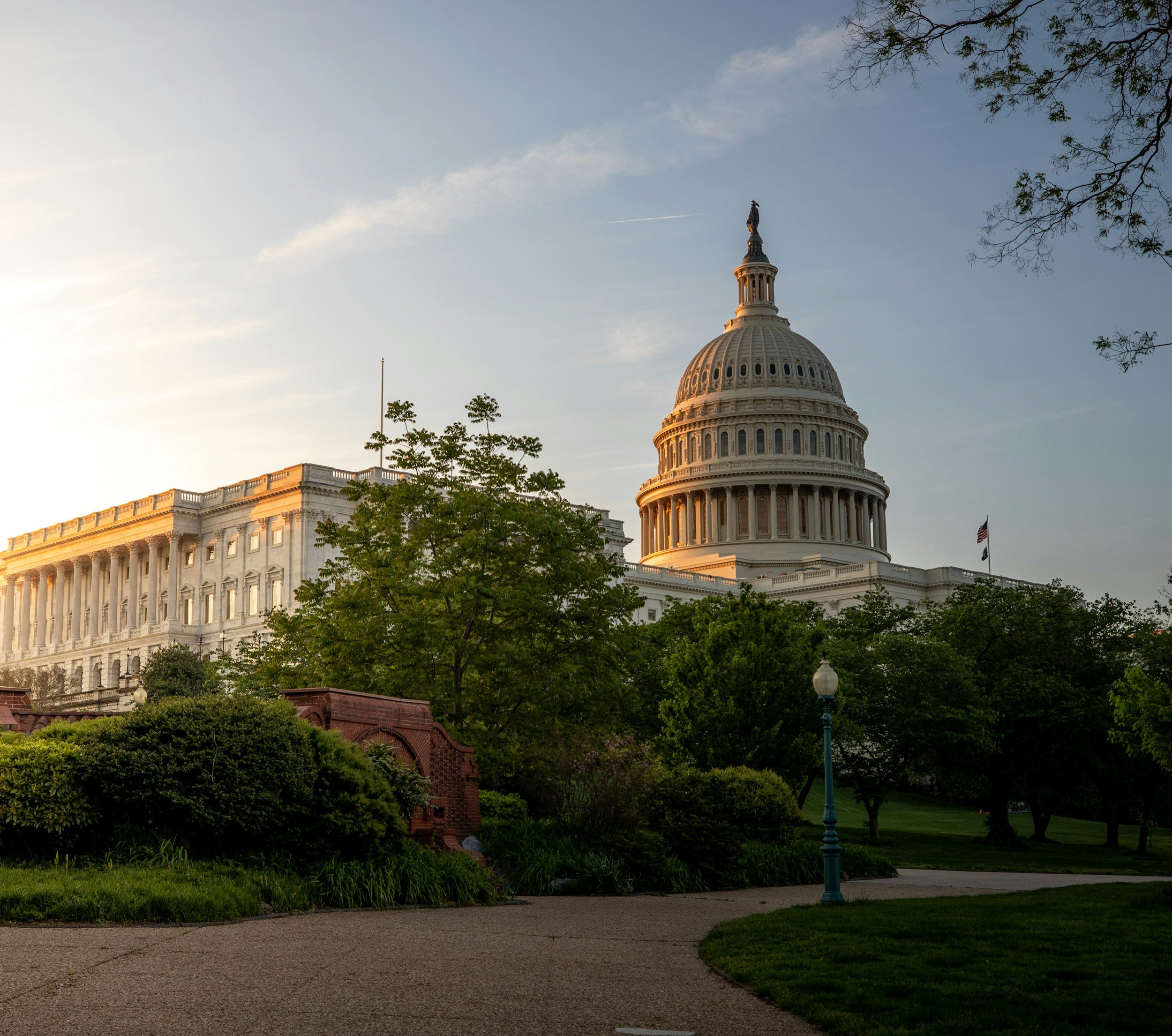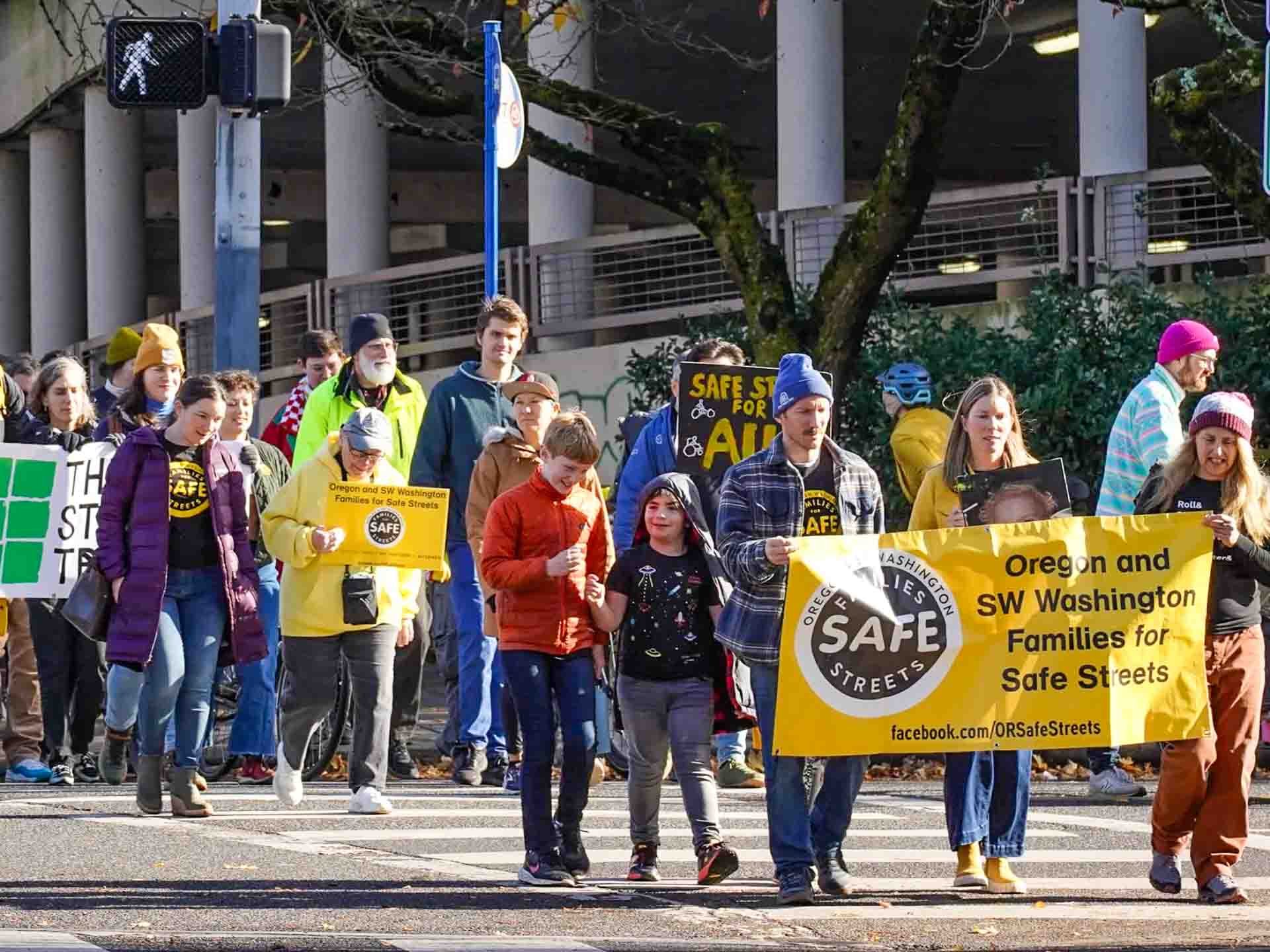ABOUT
Families for Safe Streets confronts the preventable epidemic of traffic violence by advocating for life-saving changes and providing support to those who have been impacted by crashes.
This rapidly growing national movement lifts up the voices of those affected to give a face to this heart-wrenching crisis.
WHO
Families for Safe Streets is comprised of people who have lost loved ones, been injured, or care for someone who was injured in traffic violence. All of our chapters and ambassadors fight for change in their local communities, and our members also band together to support legislation at the state and national level. Support life-saving legislation in your community to lower speed limits, permit automated enforcement, roadway design, and more.
WHY
Every day, 120 people are killed on US roadways, and over 14,000 suffer life-altering injuries. Every crash destroys families, and tears at the fabric of our communities. Crashes are preventable. These are not "accidents” — and the problems that cause them have proven solutions. No death or life-altering injury in a traffic crash is acceptable.
How
Families for Safe Streets empowers those affected by crashes through emotional support, advocacy training, and community building. Political systems and long entrenched policies rarely change on their own. Transformative policies happen when people collectively stand up and demand commonsense changes. By channeling grief into action – FSS members drive attention to the epidemic of traffic violence and compel decision-makers to support proven life-saving solutions.
Our Approach
FSS uses a data-driven approach focused on “upstream” policy solutions proven to have the greatest impact. Cities in the US and countries abroad have achieved tremendous reductions in roadway deaths and serious injuries, and in some cases, totally eliminated them and the US can too.
Our campaigns are based on a Safe System approach: safe speeds, safe roads, safe vehicles, protecting the most vulnerable road users, and supporting victims of crashes. From guiding change at the local level to spearheading bold regional and national policies, our advocacy is bringing visible change.
Safe Systems approach
Everyone deserves to get to their destination safely.
Safe Streets
Designing roadways to calm traffic with “road diets”, safe intersection design, roundabouts, rumble strips, bike lanes, wider sidewalks, better lighting and more.
Safe Speeds
Set safe speed limits, particularly where people are walking and biking. At slower speeds, crashes often can be avoided and when they do happen, may not be deadly.
Safe Vehicles
Design vehicles to anticipate and prevent crashes and lessen the impact when crashes occur through regulations on vehicle design and safety technology.
SAFE PEOPLE
Prioritize those most vulnerable, because doing so ensures that all everyone is safe — including those driving and passengers inside the vehicle.
Support Victims
Provide post-crash care to better support crash victims. Losing a loved one or suffering a serious injury is a traumatic that no one should have to endure that alone.
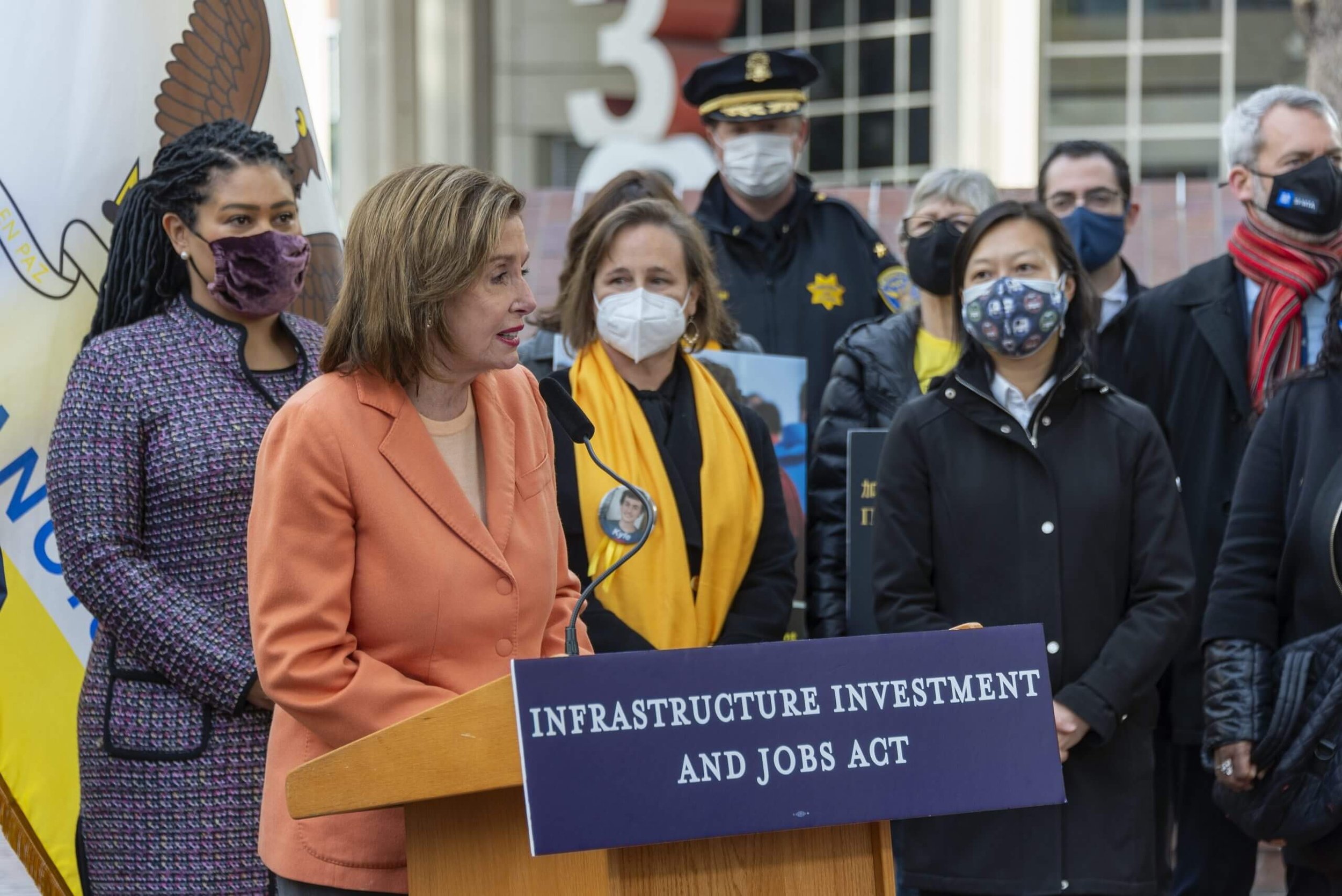
San Francisco Bay Area FSS members participate in a press conference with then House Speaker Nancy Pelosi, to announce life-saving infrastructure changes.
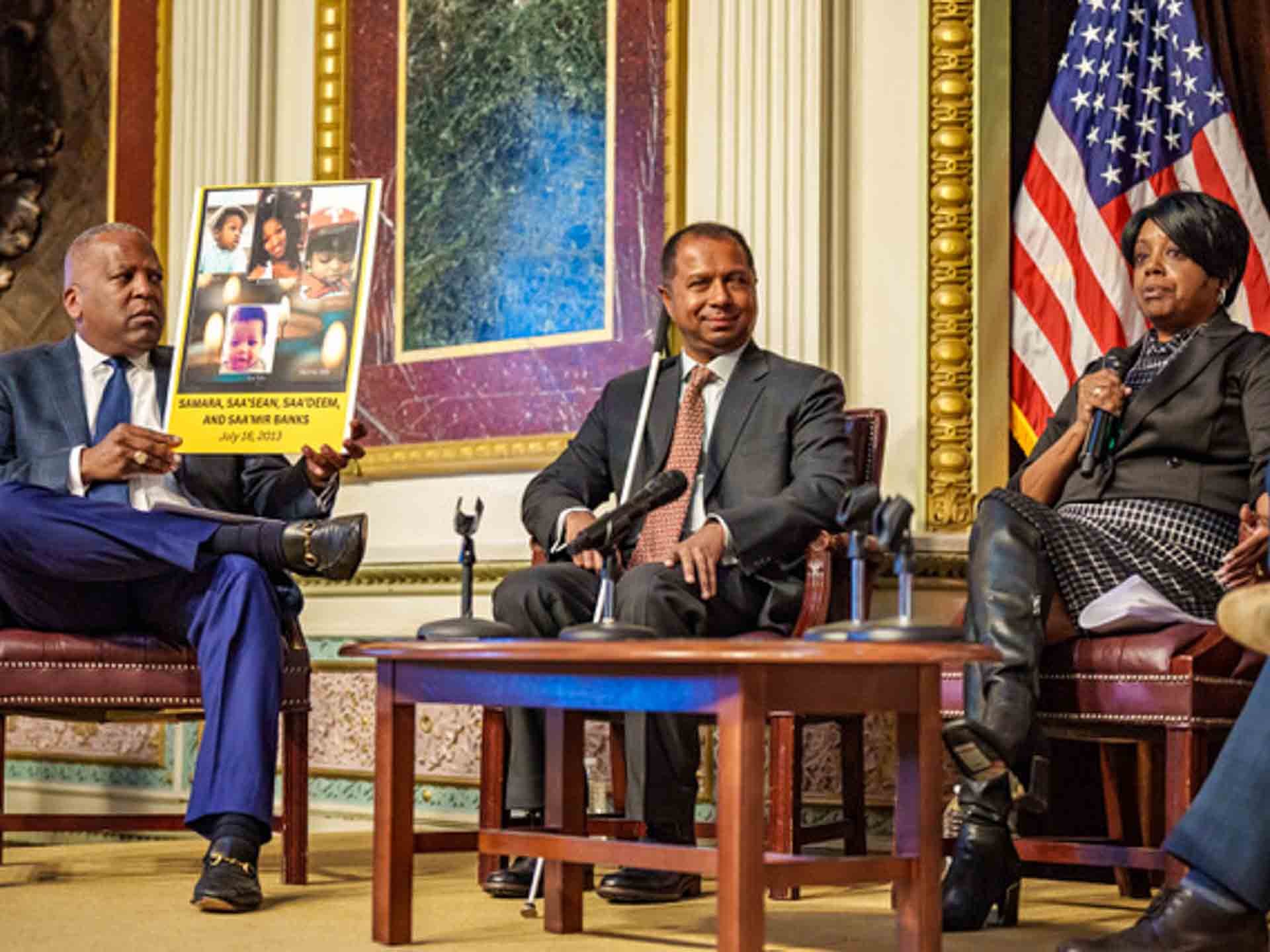
Philadelphia chapter founding member Latanya Byrd helped win a $78 million infrastructure grant to fix the deadly arterial road where four members of her family were killed, and was invited to join a White House Convening on Equity. Credit: Official White House Photo by Carlos Fyfe
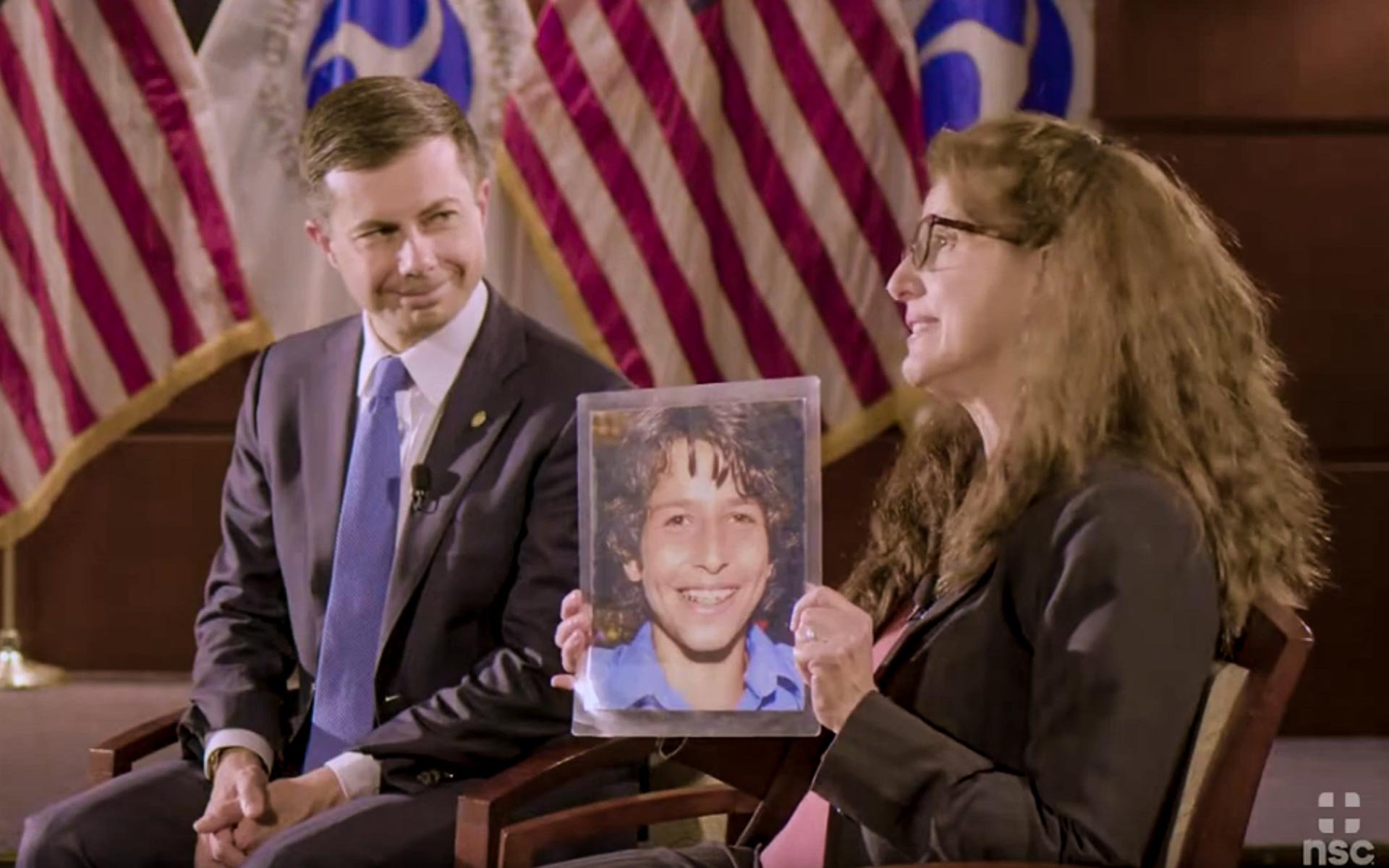
FSS co-led an unprecedented national commitment to zero roadway deaths and safety-first funding and policy direction, and received recognition at the highest levels of the Department of Transportation. FSS is now on the steering committee of the Road to Zero Coalition - the country’s largest-ever roadway safety coalition.

"Our stories have the power to cut through the statistics and the noise." – Jenny Yu, founding member of the San Francisco Bay Area FSS chapter, holding a photo of her mother, Judy, who suffered a traumatic brain injury in 2011 after being hit by a speeding driver.
